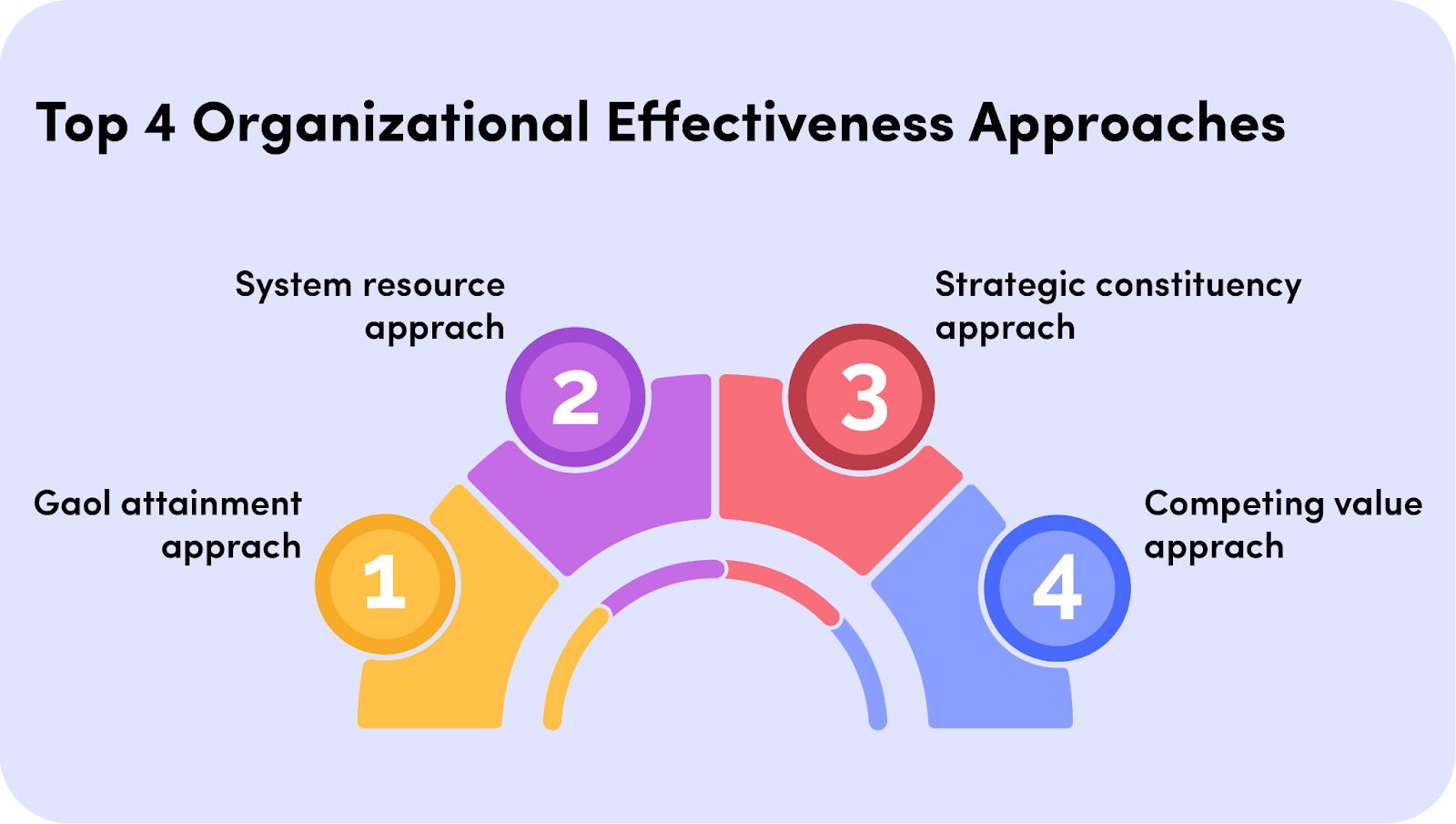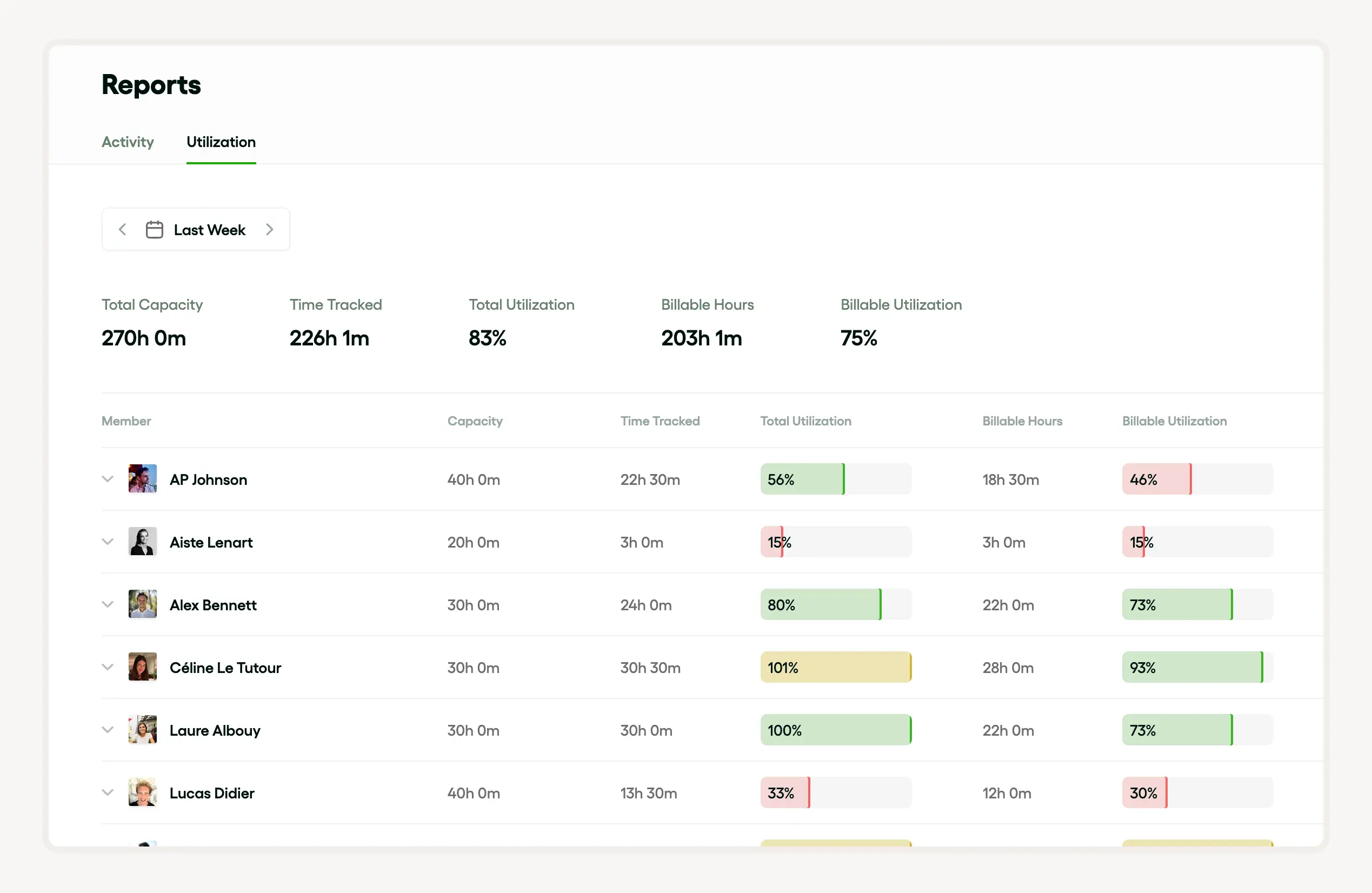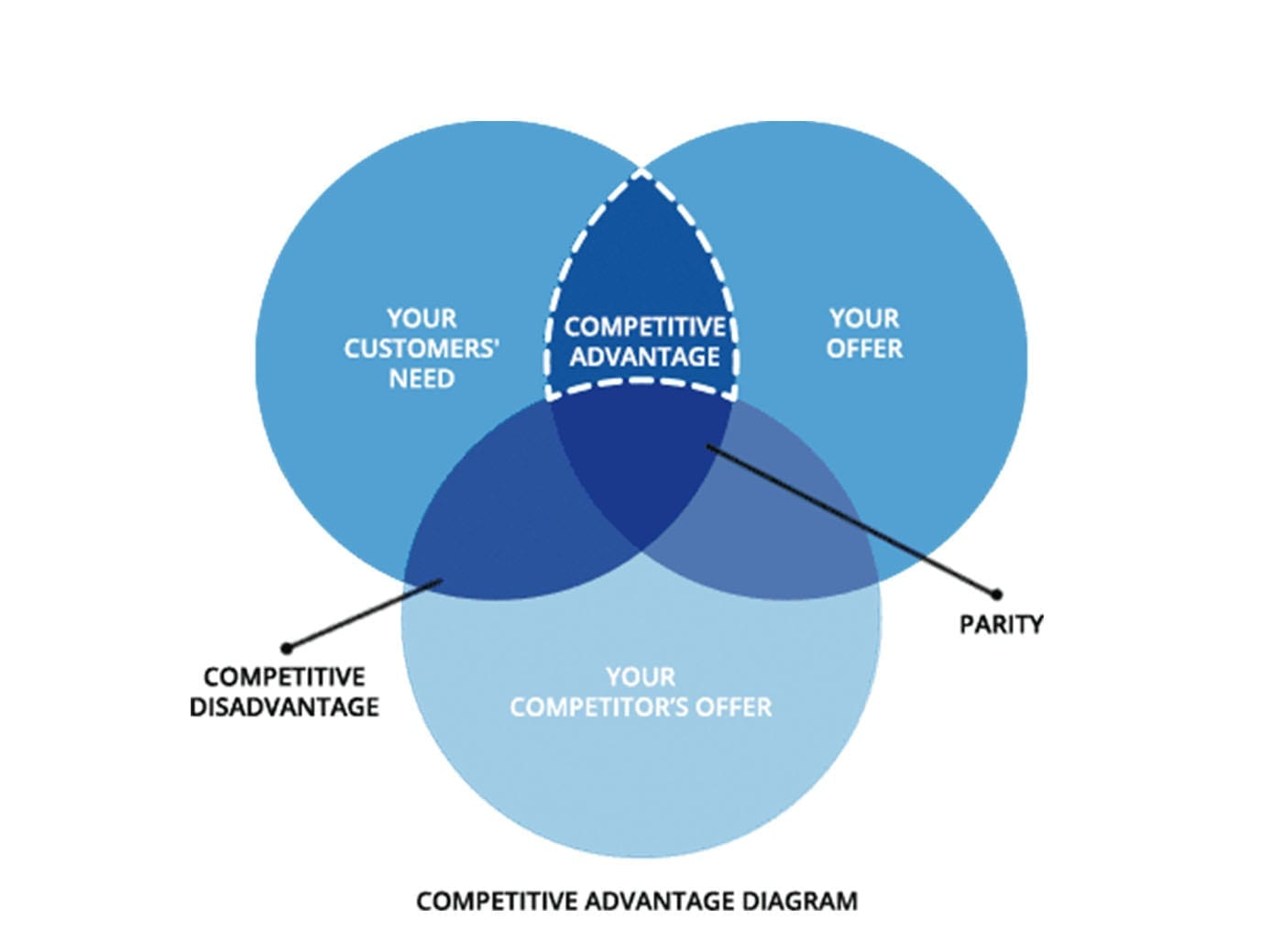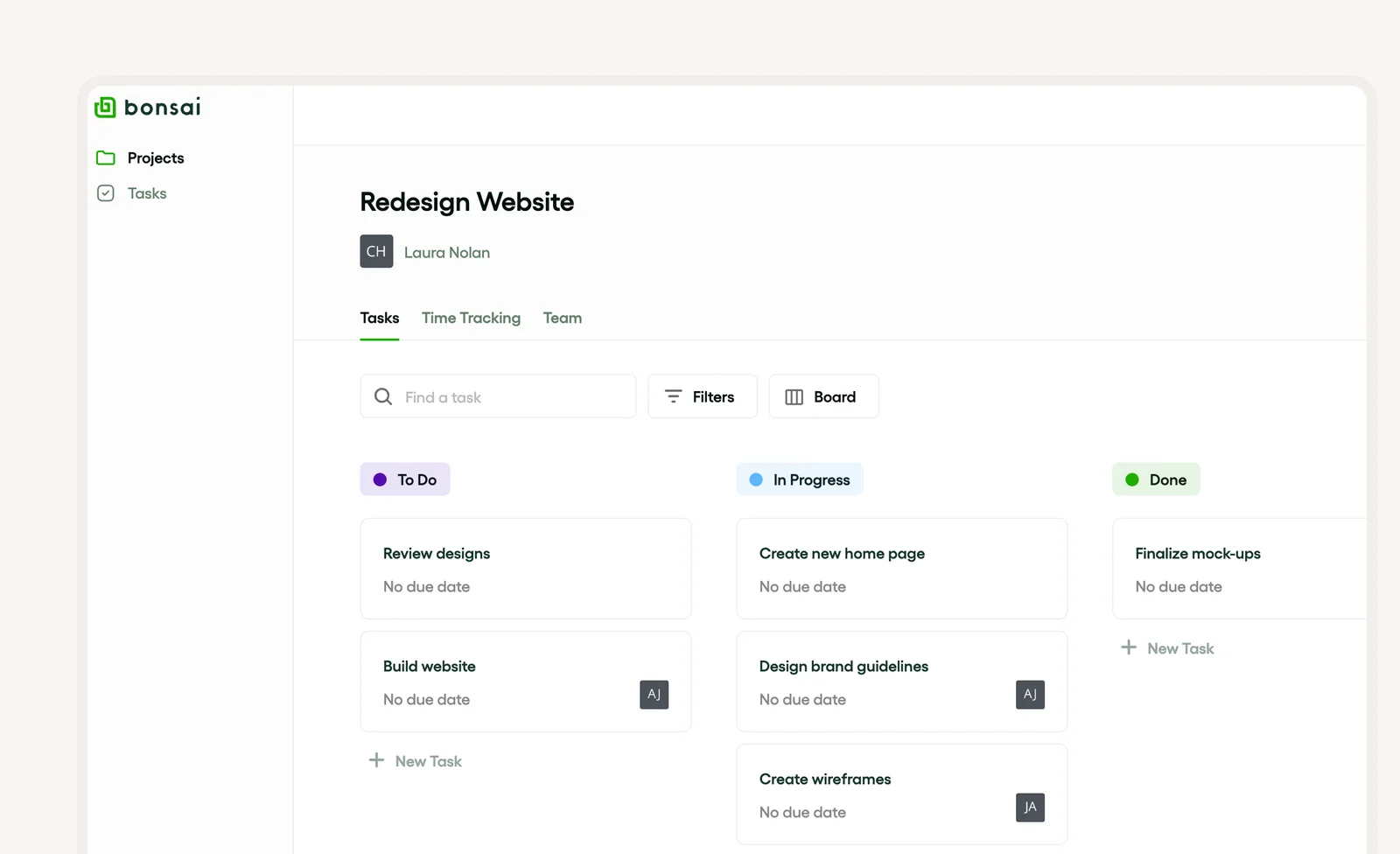Boosting organizational efficiency is like hitting the sweet spot for productivity and effectiveness. It means tweaking the structure and maybe even shaking things up with some restructuring to better meet needs.
A big part of this is embracing change, especially by fostering a culture of continuous improvement. This sets the stage for agility and better management, leading to a more efficient workforce and production.
In the end, improving efficiency is key for overall development and long-term success.
Defining organizational efficiency
Organizational efficiency is all about using resources wisely to meet goals and boost productivity. It involves process and continuous improvement initiatives.
Factors like structure, management, and workforce efficiency play a role. You can optimize these through restructuring, development, and focusing on communication.
Efficient organizations are agile, responding quickly to market changes and maintaining tight operational controls, driving significant improvement.

Understanding the concept of organizational efficiency
Organizational efficiency is about doing business activities in the best way possible. This includes improving communication, ensuring workforce efficiency, and boosting production.
It can also mean restructuring to streamline operations. This requires ongoing process improvement, a key part of development. The goal is continuous improvement, leading to enhanced effectiveness and agility.
Key components of organizational efficiency
Efficiency relies on a clear structure defining roles and responsibilities. Adapting to changes, whether structural or process-related, is crucial for optimized productivity.
Development and constant improvement are key. Investing in workforce efficiency through training, tech upgrades, and continuous improvement helps meet changing needs.
Effective communication is vital for maintaining management efficiency, instilling agility, and ensuring smooth coordination.
Maximizing productivity with Bonsai task management
Bonsai's task management features are designed to boost productivity by simplifying workflows and promoting team collaboration. The platform boasts an easy-to-use platform that enables users to effortlessly create, assign, and monitor tasks. With real-time updates and notifications, team members are kept up-to-date on their tasks and deadlines, reducing the chances of missed tasks or delays.

Enhance productivity and meet deadlines by following these steps:
- Kanban Boards and List Views: Visualize your workflow with Kanban boards. Move tasks between stages (e.g., To Do, In Progress, Done) for a clear understanding of progress. Get a clear view of how tasks are progressing with the board and list views.
- Integrated Timers: Start timers directly from tasks to track time spent or assign new tasks to multiple hours you’ve billed.
- Team Collaboration: Assign tasks to team members. Invite collaborators to your projects to assign tasks and add comments for each other.
A standout features of Bonsai is its ability to prioritize tasks based on their urgency and importance. This ensures that critical tasks are dealt with promptly, while less urgent ones are scheduled accordingly. Moreover, Bonsai's integration with other project management tools facilitates seamless data flow, ensuring that all project-related information is centralized and easily accessible.

Bonsai also has powerful tools for analyzing and reporting, giving managers clear insights into how well the team is performing and how quickly tasks are being completed. These insights help managers spot problems and allocate resources better, leading to a more balanced workload and greater efficiency.
By using Bonsai's task management features, teams can boost their productivity, meet deadlines consistently, and achieve their project goals more effectively.
The importance of organizational efficiency
Efficiency is all about production, communication, and continuous improvement. A well-defined structure promotes streamlined operations and workforce efficiency, driving productivity.
A culture of continuous improvement encourages regular evaluation and enhancement of processes, paving the way for development. Clear communication ensures needs are met and change is managed efficiently.
Sometimes, restructuring is necessary to achieve desired effectiveness and agility. Agility allows businesses to adapt and respond swiftly to market changes.
Impact on productivity and profitability
Restructuring can significantly impact productivity and profitability. It often involves changing the structure and developing new strategies to increase effectiveness.
Systematic improvement addresses needs and fosters continuous improvement. Change enhances workforce efficiency by eliminating redundant processes and implementing innovative solutions.
It also improves management efficiency through best practices, resulting in better communication. Increased agility ensures a quick response to market changes, boosting productivity and profitability.
Role in employee satisfaction and retention
Development plays a crucial role in keeping employees satisfied and retained. It addresses needs for a conducive working environment, leading to increased workforce efficiency and productivity.
Management efficiency also plays a part in retention, ensuring effective communication and continuous process improvement. Continuous improvements can lead to restructuring that enhances structure and fosters agility.
These changes help employees adapt better and feel more secure, increasing job satisfaction and retention rates.
Contribution to competitive advantage
Productivity contributes to a competitive edge by decreasing costs and increasing outputs. Efficient resource use can significantly boost profit margins.
Continuous improvement strategies uplift performance, pushing the company ahead in the market. Development enhances workforce efficiency and aligns processes with strategic goals.
Restructuring can foster communication efficiency and process improvement, further boosting the firm’s competitive position.

Assessing organizational efficiency
Organizational effectiveness and productivity are the lifeblood of a company’s efficiency. Boosting workforce and communication efficiency can really drive organizational and process improvement.
To keep up with changing needs and enhance management efficiency, consider strategies like organizational change, restructuring, or reshaping the structure. In today’s fast-paced world, agility is key for continuous improvement.
Identifying key performance indicators (KPIs)
KPIs are essential for gauging effectiveness, driving improvement, and guiding restructuring. They provide measurable success metrics to track and boost productivity. Focusing on management efficiency, process improvement, and workforce efficiency helps monitor and adjust operations.
Well-defined KPIs that match organizational needs and structure enhance team communication and agility. Regularly reviewing KPIs is crucial for achieving goals and driving development.
Conducting efficiency audits
Efficiency audits are vital for identifying areas for improvement. They examine workflows, pinpoint obstacles to workforce efficiency, and offer solutions for increased productivity.
Audits often focus on structure and change, aiming for process improvement. By scrutinizing these aspects, organizations can understand their operational efficiency and identify areas needing restructuring. This drives continuous improvement and overall effectiveness.
Strategies to improve organizational efficiency
To boost efficiency, focus on process improvement. Refine methods to reduce complexities and redundancies, enhancing production efficiency and overall improvement.
Restructuring is another key element. Reassessing the structure can align roles and responsibilities more effectively, improving management and workforce efficiency.
Promoting continuous improvement helps achieve effectiveness. Regular evaluations to identify strengths and weaknesses, and making necessary adjustments, foster a culture of ongoing learning and productivity.
Streamlining business processes
Streamlining processes can enhance productivity and effectiveness, fostering continuous improvement. This often involves restructuring to align the company’s structure with its goals and addressing needs for better management efficiency.
Benefits include:
- Improved communication efficiency across all levels.
- Enhanced workforce and production efficiency.
- Greater agility and adaptability to change.
Process improvement efforts bolster development and drive success.
Implementing effective communication channels
Effective communication is foundational for achieving effectiveness, productivity, and agility. Clear, concise channels streamline processes, enhance management efficiency, and trigger improvement.
Key areas of focus include:
- Workforce efficiency: Open, transparent dialogue lays the groundwork for continuous improvement.
- Production efficiency: Improved communication mitigates misunderstandings that impede efficiency.
- Process improvement: Clear communication speeds up decision-making, paving the way for restructuring if necessary.
Encouraging employee engagement and collaboration
Fostering engagement and collaboration boosts productivity and effectiveness. It lifts morale and encourages creativity and innovation, leading to development.
Optimizing the structure is essential for teamwork and ensuring management efficiency. Focusing on continuous and process improvement drives workforce efficiency, directly influencing production efficiency.
Prioritizing communication efficiency in restructuring helps identify and address needs, contributing to improvement and agility.
Role of technology in enhancing organizational efficiency
Organizational efficiency enhances the smooth running of processes within a company. An important aspect of this is having an effective agency workflow which improves productivity. With a structured agency workflow, companies can streamline their procedures, reducing inefficiencies and boosting overall performance.
Think of technology as the secret sauce in your organizational kitchen—it makes everything better. It's all about turning the regular into the remarkable, digitizing the mundane, automating the slog, and supercharging communication. What's the bottom line? A massive jump in productivity.
Dive deep with data analysis and predictive analytics. They're not just tools; they're your crystal ball, showing you where you are and where you're headed. And as for agility? Technology is your springboard, pushing your org structure to be more nimble, boosting both management and workforce efficiency.
Benefits of project management tools: Bonsai, Asana and Trello
Bonsai, Asana, and Trello aren't just tools; they're your workflow wizards. They streamline, they organize, they get your team ticking like clockwork. Deadlines meet their doom, tasks line up like ducks, and your workforce finds its flow.

But there's more—they're like the town square of your organization, bringing everyone together, making sure info flows freely and clearly. Need to pivot or restructure? These tools are your go-to, making sure your team is ready to roll with the punches.
Powerful tool Bonsai streamline your entire business into one integrated, easy-to-use platform. Bring together your projects, clients, and team in one seamless, user-friendly platform. Trusted by numerous agencies and consulting firms. Manage and track your project delivery with integrated tools that your team will enjoy using.

Here are the outstanding benefits of Bonsai the best software for project management:
- It facilitates seamless communication and collaboration among team members.
- Provides real-time insights into project progress and performance metrics, enabling timely adjustments and informed decision-making.
- Ensures optimal allocation of tasks and resources, preventing bottlenecks and maintaining a balanced workload across the team.
Advantages of communication platforms: Slack and Microsoft Teams
Slack and Microsoft Teams are the power players in your communication playbook. They're not just about chats and calls; they're about knitting your team together, no matter the miles. They turn process improvement from a chore into a breeze, boosting management efficiency as they go.
Their toolkit is stuffed with goodies—project management, document sharing, you name it. And customization? These platforms morph to meet your needs, keeping your team agile and your operations smooth.
Impact of cloud-based solutions: Google workspace and Dropbox
Google Workspace and Dropbox are your cloud-based champions. They're the wind beneath your organization's wings, offering a magic carpet of collaboration, file sharing, and streamlined document handling. What does that spell mean? Enhanced management efficiency.
They're the heroes of remote work, the champions of streamlined processes, and the guardians of flexibility. When change knocks, they open the door, making sure your organization isn't just ready; it's eager.
Training and development for organizational efficiency
Training and development aren't just about learning; they're about transforming. They inject your workforce with the skills to not just survive but thrive, boosting productivity across the board.
When the ground shifts with organizational change, these programs are your steadying hand, equipping your team to dance through the restructuring. They're the breeding ground for innovation, sharpening communication, and honing processes—all adding up to a nimble, effective organization.
Importance of continuous learning and development
Continuous learning and development are the lifelines of your organization. They're not just about keeping up; they're about staying ahead. Driving process improvement, they crank up workforce and communication efficiency, oiling the gears of organizational development.
In times of change or restructuring, they're your ace, prepping your team to slot into new roles smoothly, keeping productivity purring. Bottom line? They're essential for keeping your management sharp and your organization on point.
Role of training in skill enhancement
Training is your powerhouse for propelling organizational improvement and turbocharging workforce efficiency. It arms your employees with the know-how to face changes head-on and push productivity through the roof.
But it's more than just skill-building. It's about restructuring to meet evolving needs, sparking communication, and smoothing out processes. The result? A spry organization where management efficiency sings, and productivity soars.







